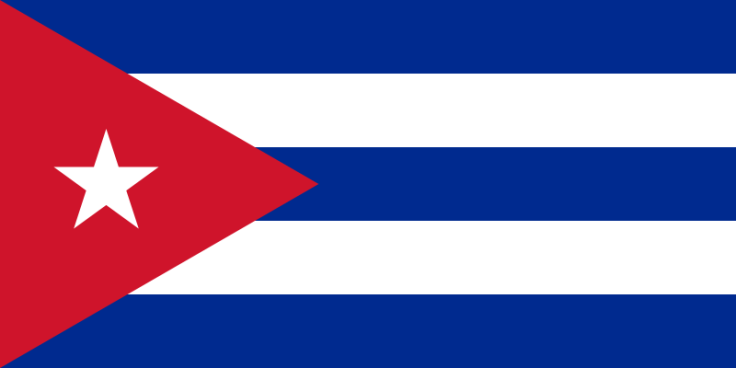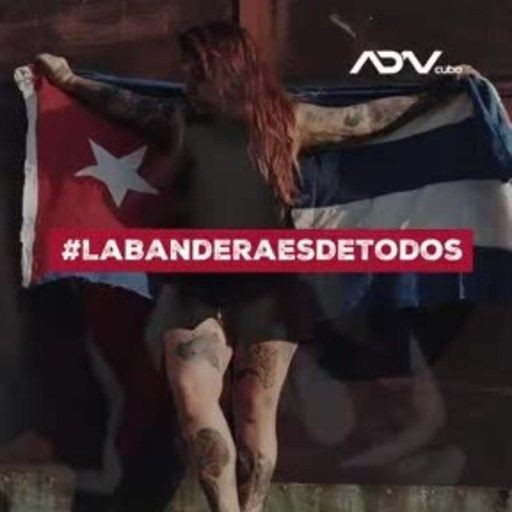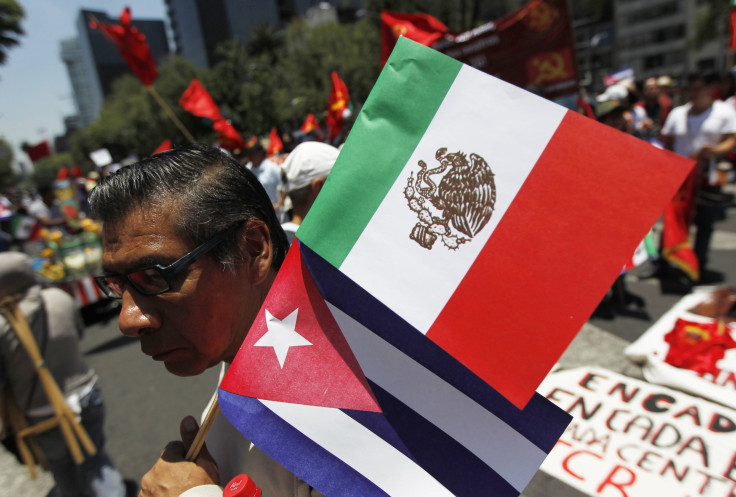
Cuban independent artists launch #LaBanderaEsDeTodos challenge after the repressive escalation of the Cuban government, which recently included the forced disappearance of the artist Luis Manuel Otero Alcántara
For violating these provisions, they arrested Otero
Alcántara on August 10 in Havana and remained 48 hours in detention, reported ADN Cuba and independent media on the Island. The clear cause of his arrest was to carry a Cuban flag on his shoulders in public as part of a performance entitled "Drapeau."

"The national symbols belong to the body of the nation, they cannot and cannot
be rationed according to selfish interests of indoctrinating and monopolizing the thinking of Cubans," the artists explained in a statement. Earlier this year, the Cuban government issued a new law to "protect national symbols" that includes new regulations regarding the use of the Cuban flag. Cuban citizens can carry Cuban flags at public events and hang them in their homes.
"What
is urgently needed today in national life is the right of the government and the security organs to discriminate against the use of national symbols, born and forged long before their reactionary revolution, their totalitarian communist party and long before born its today aged leaders,
" said Michel Matos, a producer and a member of the San Isidro Movement.
With this bill, they would not allow to combine the Cuban flag with a flag of another nationality; fold it in a way that prevents it from opening, using it in commercial advertising; show it torn or broken, add stamps, writings or signatures to the flag, or incorporate it into larger works. In addition, if the flag appears on clothing,
it must be displayed on the front and cannot be part of pants, skirts, scarves, swimsuits or underwear.

This is not the first time that they have arrested Otero Alcantara for exercising his right to freedom of expression. On multiple occasions the government arrested him for his activism against Decree 349 that limits artistic manifestations.
"As communicators it is important that we express our rejection of how the Cuban government tries to systematize censorship, through arbitrary detentions, decrees or trying to control artistic expression in all its forms. We want a decentralized country, a rule of law and no more totalitarianism. The Cuban people want to write their destiny,
"said Yaima Pardo, Audiovisual Director of ADN Cuba.
For the Cuban government, there is a close link between symbols and ideology, so they control their use in public spaces. "The government says that everything that
is done inside the houses can allow it, but not in public spaces," explains Otero Alcantara, who believes that Cuba is at an interesting time, where artists take possession of the symbols and expand even more criticism within the permissible spaces.
In response to these repressive events, the San Isidro Movement, of which Otero
Alcántara is the founder, has asked supporters to create photos and videos with the Cuban flag on their shoulders and publish them on the Internet with the hashtag #LaBanderaEsDeTodos.
Muchos se han unido al reto #LaBanderaEsDeTodos pic.twitter.com/TAidukGuCY
— Movimiento San Isidro (@Mov_sanisidro) August 13, 2019
#LaBanderaEsDeTodos así han mostrado su apoyo al reto pic.twitter.com/e3nrk19cTr
— Movimiento San Isidro (@Mov_sanisidro) August 13, 2019
#LaBanderaEsDeTodos No la veis? Mi bandera es esta... El la cual resplandece una estrella...con más luz cuanto más libre. No a la persecución contra los artistas!!! pic.twitter.com/e1urfUtZyi
— José Daniel Ferrer (@jdanielferrer) August 13, 2019
#FOTOGALERÍA: Cubanos dentro y fuera de #Cuba dicen: #LaBanderaEsDeTodos https://t.co/8QSjOnMUhF pic.twitter.com/iO1hmHk4OK
— DIARIO DE CUBA (@diariodecuba) August 13, 2019
© 2025 Latin Times. All rights reserved. Do not reproduce without permission.






